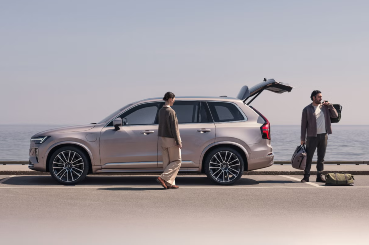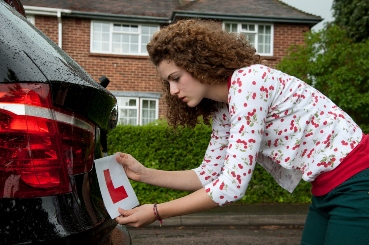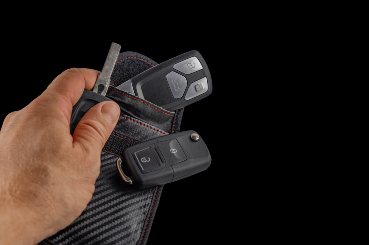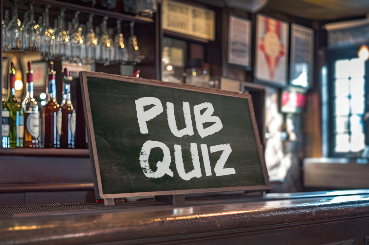Every year, thousands of lives are impacted by accidents caused by driving under the influence of alcohol or drugs. Despite laws in place to deter drink and drug driving, many individuals still underestimate the risks. Knowing the dangers, understanding your limits, and making responsible decisions can be the difference between life and death.

What is Drink Driving?
Drink driving is when a person operates a vehicle with alcohol in their system beyond the legal limit. Alcohol impairs critical skills needed for safe driving—such as reaction time, coordination, and judgment—which significantly raises the risk of accidents.
According to Brake, in the UK, drink driving accounts for 15% of all road fatalities. In 2021, over 7,800 people were injured or killed in drink driving incidents. These staggering statistics show the life-threatening consequences of driving under the influence and underline the need for personal responsibility.
A brief overview of drink-drive legislation
1960- The Road Traffic Act:
States it is an offence to drive, attempt to drive or be in charge of a motor vehicle on a road or other public place while “unfit to drive through drink or drugs”.
1962 – The Marples Act:
States it is an offence for any person to drive, attempt to drive or be in charge of a motor vehicle if their “ability to drive properly was for the time being impaired”. Introduces the possibility of using blood, urine or breath for alcohol analysis and failing to agree allowed to be used as evidence.
1966 – Road Safety Bill:
Government announces January Road Safety Bill to come into force the following year. It set a limit of 80mg of alcohol in 100cc of blood making it an offence to drive when over this limit.
1967 – Breathalyser Developed
1981 – Transport Act:
Introduces evidential breath testing stating 35 micrograms of alcohol in 100 millilitres of breath the maximum legal breath alcohol limit.
1983 – High-Risk Offenders Scheme:
Introduces help for convicted drink-drivers who may have a drinking problem
1991 – Road Traffic Act 1991:
Introduces new offence of ‘Causing death by driving while under the influence of alcohol or drugs’ with a compulsory prison sentence of up to five years.
2002 – Re-sit Test Introduced:
Drivers with a conviction for causing death by driving when under the influence of alcohol or drugs must pass an extended test before being allowed to drive again.
2014 – Scotland reduces drink-drive limit:
The Road Traffic Act 1988 (Prescribed Limit) (Scotland) Regulations 2014 introduces reduces the drink-drive limit to:
- 22 microgrammes of alcohol in 100 millilitres of breath; or
- 50 milligrammes of alcohol in 100 millilitres of blood; or
- 67 milligrammes of alcohol in 100 millilitres of urine.

What is the Drink Drive Limit?
The legal alcohol limit for driving differs slightly between England, Wales, and Scotland:
- In England, Wales, and Northern Ireland: The limit is 80 mg of alcohol per 100 ml of blood or 35 µg per 100 ml of breath.
- In Scotland: The limit is stricter at 50 mg of alcohol per 100 ml of blood or 22 µg per 100 ml of breath.
These limits indicate the concentration of alcohol that impairs a person’s driving ability, although it’s important to note that impairment can begin even at lower levels.
How Many Units Can You Drink and Drive?
The concept of “units” provides a way to measure alcohol intake. One unit equates to approximately 10 ml (or 8 grams) of pure alcohol. For example:
- One unit might equal half a pint of average-strength beer or one small glass (125 ml) of wine.
However, as the NHS highlights, there’s no safe or reliable way to predict how many units you can consume and still stay under the legal limit.
Each person’s tolerance and metabolism vary based on factors like gender, age, weight, food intake, stress levels, and even fatigue. So, the safest approach is to avoid alcohol entirely if you plan on driving.
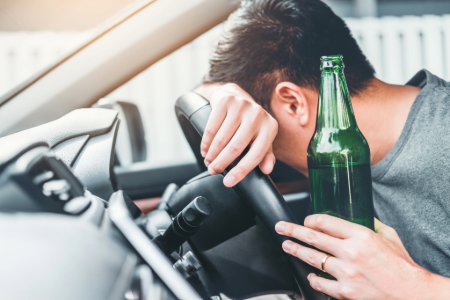
Why It’s Important to Know Your Limits
Knowing your limits doesn’t mean testing how much you can drink before reaching the legal limit; it means understanding that alcohol affects everyone differently. Even small amounts of alcohol can impact driving abilities, making it crucial to prioritise safety over convenience.
How to Avoid Drink Driving
Staying safe on the road requires planning, especially if you know you’ll be in situations where alcohol is involved. Here are some strategies:
- Plan Ahead: Arrange alternative transportation, such as a taxi or rideshare, if you intend to drink.
- Choose a Designated Driver: Rely on a friend who will commit to staying sober.
- Consider Alcohol-Free Events: Opt for activities that don’t involve alcohol.
- Stay Over: If you’re visiting friends or family, see if you can stay overnight.
- Try Alcohol-Free Alternatives: Many bars and restaurants offer great alcohol-free options.
How Long After Drinking Can You Drive?
After consuming alcohol, there is no precise timeframe for when it’s safe to drive. Your body requires time to metabolise alcohol, typically taking about one hour per unit.
However, if you’ve consumed a significant amount, experts recommend waiting at least 12 to 24 hours to ensure alcohol has fully cleared from your system. Remember, only time can reduce blood alcohol levels, not coffee or cold showers.
Legal Consequences of Drink and Drug Driving
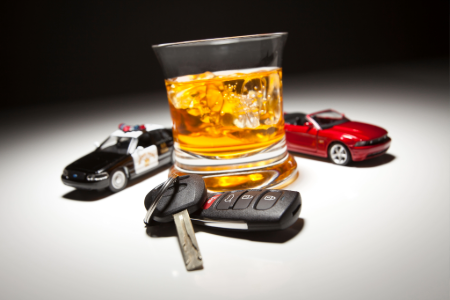
Driving under the influence is treated as a serious offense in the UK, with strict penalties for those who break the law:
- Fines: Ranging from hundreds to thousands of pounds.
- Driving Bans: Lasting from one year to several years, depending on severity.
- Imprisonment: Particularly for repeat offenders or those causing harm to others.
In addition to legal penalties, a conviction can raise your car insurance costs, damage your employment prospects, and hinder international travel (especially to countries like the USA).
The Risks of Drug Driving
Like alcohol, certain drugs (both legal and illegal) impair driving abilities. It is illegal to drive if drugs impair your ability to operate a vehicle safely, and the UK has strict limits for specific substances.
Law enforcement is increasingly focused on detecting drug drivers, and offenders face similar consequences to those caught drink-driving.
A Final Word: Prioritise Safety for Yourself and Others
Drink and drug driving have profound effects on drivers, passengers, and innocent bystanders. Recognising the impact of impaired driving is a fundamental step in preventing accidents and preserving lives. By understanding the risks, planning alternatives, and always prioritising a clear mind, each of us can contribute to making our roads safer for everyone
